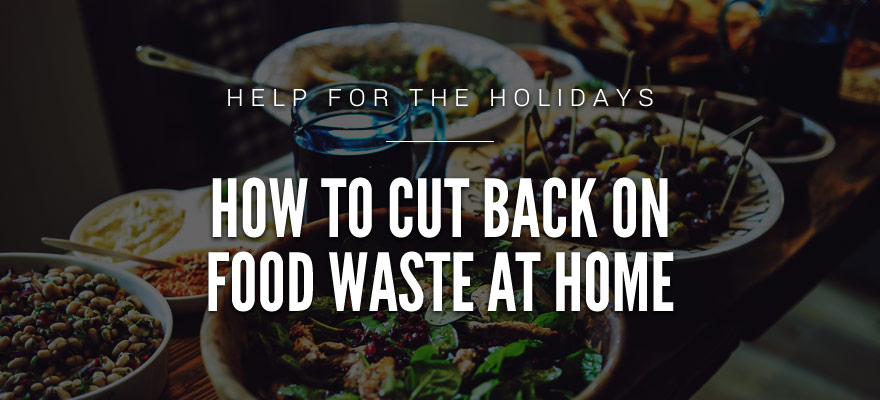Food Waste Intelligence

This is a recurring feature where LeanPath Executive Chef Robb White examines real food waste images from LeanPath 360s and shares insights based on what he sees.
Read More >>
Thanksgiving is right around the corner. For most of us, this holiday revolves around a full-table feast with turkey galore and all the festive trimmings. Delicious? Yes! But unfortunately, also wasteful in many cases. We thought this month presented a great opportunity to highlight some of the things we can (and should) be doing to reduce waste at home. Not just for this one holiday, but for the entire year.
Read More >>
Editor’s Note: Victoria Rehkugler is a new Trainer/Coach at LeanPath. Based out of New York, she brings a passion for efficiency and resourcefulness to everything she does. She looks forward to continuing her mission of wastelessness by helping LeanPath clients maximize their food waste reduction results. Isn't It Fun to Work With Food? I’ve always found great pleasure and entertainment in the dining experience and sharing food with others. Like many people, that sentiment is what first connected me to the hospitality and foodservice ...
Read More >>
In the United States, every day we throw away enough food to fill the Rose Bowl Stadium while at the same time one in six Americans face hunger. How can we turn these troubling statistics around? While there is no one solution, the U.S. Environmental Protection Agency’s (EPA) Food Recovery Hierarchy (Figure 1) is a good place to start. Each level of the hierarchy has unique benefits, but this guide will focus on the second level from the top: feeding hungry people, or food donation.
Read More >>
When you’ve done all that you can to prevent waste, the next best option on the EPA Food Recovery Hierarchy is feeding hungry people. And when one in six United States citizens receives food assistance, it's as important as ever to do our best to ensure excess edible food makes it to a hungry person instead of a landfill.
Read More >>